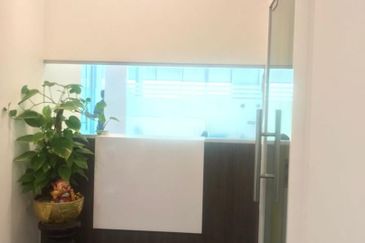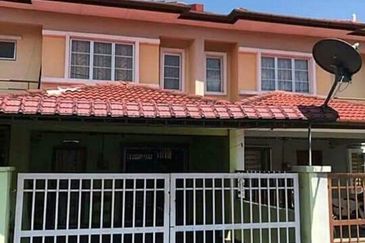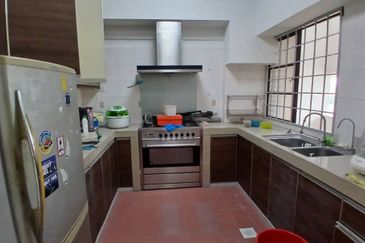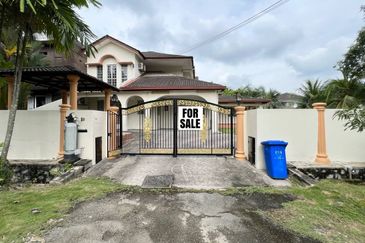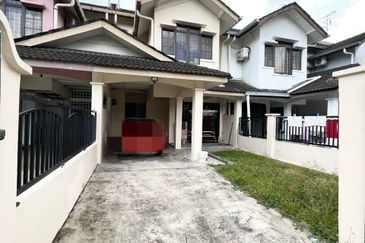
- As compact condo units continue to mushroom, are they gaining the popularity perceived by the industry? Is there increasing demand to encourage the development of even more small sky units?
Whether you are driving in Kuala Lumpur or Selangor, it’s hard to miss the sight of new condos emerging or billboards advertising the latest strata projects along the way. Each year brings more high-rise structures reshaping the skylines, tempting buyers with living spaces in the sky.
Rapid urbanisation, growing population, changing lifestyle preferences and dwindling land availability may have contributed to the high-rises mushrooming in these two areas.
While typical units come in family-size built-ups, it is no longer uncommon to find smaller units with one or two bedrooms, or even none – as in studio units with an all-”rooms”-in-one concept with no clear demarcation for the bedroom.
However, how has the market responded to these smaller abodes? Are small-size sky units gaining the popularity perceived by the industry? Is there increasing demand to encourage the development of even more small-size units?
Methodology
We conducted an analysis of transacted high-rise units from 1990 to 2023 in KL and Selangor to determine the trend in demand based on size. These two areas have been selected because of their significant share of the Malaysian high-rise market, accounting for more than half (66.25%) of the total 1,478,391 high-rise projects in the country as of September 2023.
The residential properties included in this analysis are condominiums, apartments, serviced apartments and Small-office Home/Flexible/Versatile-office (SoHo, SoFo, SoVo), but excluded flats. The properties were then grouped based on size, allowing us to identify the most transacted size groups over the years.
Note: The median size reflects the middle-sized houses in the market, showing where most activity lies. However, it does not fully represent demand, as other factors like supply influence it. For a clearer picture, we have included charts breaking down transactions for each size range.
A clear trend towards smaller unit sizes
Based on transaction data gathered from EdgeProp analysis and the National Property Information Centre (Napic), both KL and Selangor indicated that transactions have trended towards smaller units over the last decade. Median built-up of condos in KL reduced by 38.32 sq ft in the last decade, from 1,140.98 sq ft in 2010 to 1,102.66 sq ft in 2020.
Similarly, during the same period, median sizes in Selangor have seen a slight reduction of 44.78 sq ft, from 950.03 sq ft in 2010 to 905.25 sq ft in 2020.
To forecast future trends, we utilised double exponential smoothing, a method that extrapolates existing data trends to make predictions for 2025. Based on our projections, median built-up of new condos in KL is expected to continue shrinking in 2024 and 2025. Conversely, in Selangor, it appears likely to maintain at slightly above 900 sq ft.
The downward trend in KL’s condo size can probably be attributed to the scarcity of land and high land cost in the capital city. Meanwhile, for Selangor, developers could be focusing on smaller unit offerings to make them more affordable.
Since 1990, the 751-1,000 sq ft and 1,001-1,250 sq ft condo size groups have been the two most transacted categories in KL. Notably, between 2010 and 2020, transactions for the 751-1,000 sq ft range rose from 23% to 27% to become the most transacted size among the five categories in 2020.
On the other hand, during the same period, the 1,001-1,250 sq ft size group showed a drop of 6%.
In Selangor, the 751-1,000 sq ft condo size group remained dominant over the years. In the last decade, this category showed a significant increase of 10% in transactions.
This upward trend for the 751-1,000 sq ft condo size group in KL and Selangor can be attributed to the greater acceptance of smaller housing options, especially for urbanites, who are likely drawn to their practicality and ease of housekeeping and maintenance, not to mention the ease of mortgages. Moreover, these compact units are usually located in popular areas with complete amenities and accessibilities, which are another draw factor. Furthermore, the lack of private space is normally made up with the providence of well-planned common spaces.
A drop in the median size does not necessarily indicate reduced demand for larger units. As our chart indicates, despite the decreasing median built-up size in KL high-rises, the >1,501 sq ft category has seen an uptick, with the percentage of transactions rising by 3% over the last decade.
Interests in large-sized units started to pick up in 2005 and has since experienced a steady growth up to 2020. Land scarcity and rising costs of landed homes in the capital city has resulted in family-sized condo options being developed to support the growing population of urban dwellers.
It is important to note that fluctuations in median sizes signal shifts in market preferences. However, to understand the true factors shaping demand for different unit sizes, we must consider additional nuanced aspects like supply dynamics, location, and affordability.
Looking to buy a home? Sign up for EdgeProp START and get exclusive rewards and vouchers for ANY home purchase in Malaysia (primary or subsale)!
TOP PICKS BY EDGEPROP
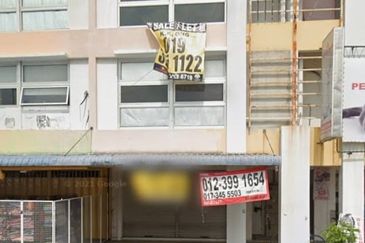
Jalan Kasuarina
Bandar Botanic/Bandar Bukit Tinggi, Selangor
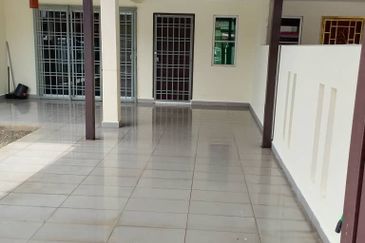
Bandar Botanic
Bandar Botanic/Bandar Bukit Tinggi, Selangor
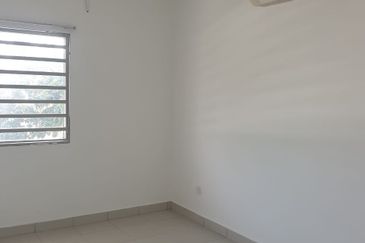
Pangsapuri Akasia, Bandar Botanic
Bandar Botanic/Bandar Bukit Tinggi, Selangor
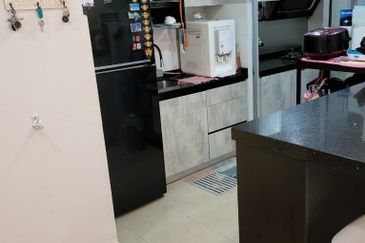
Azaria Apartment @ Bandar Paklands
Klang, Selangor
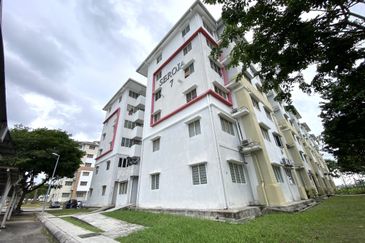
Pangsapuri Seroja
Setia Alam/Alam Nusantara, Selangor
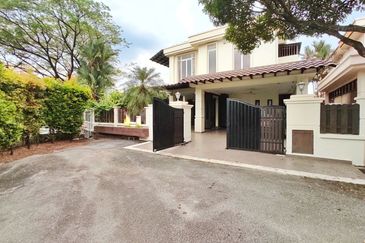
Persiaran Damansara Indah
Tropicana, Selangor
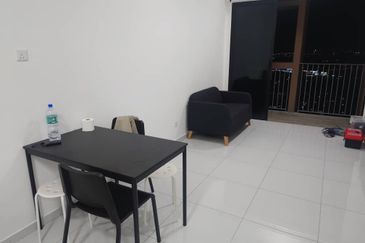
Sky Trees @ Bukit Indah
Iskandar Puteri (Nusajaya), Johor


